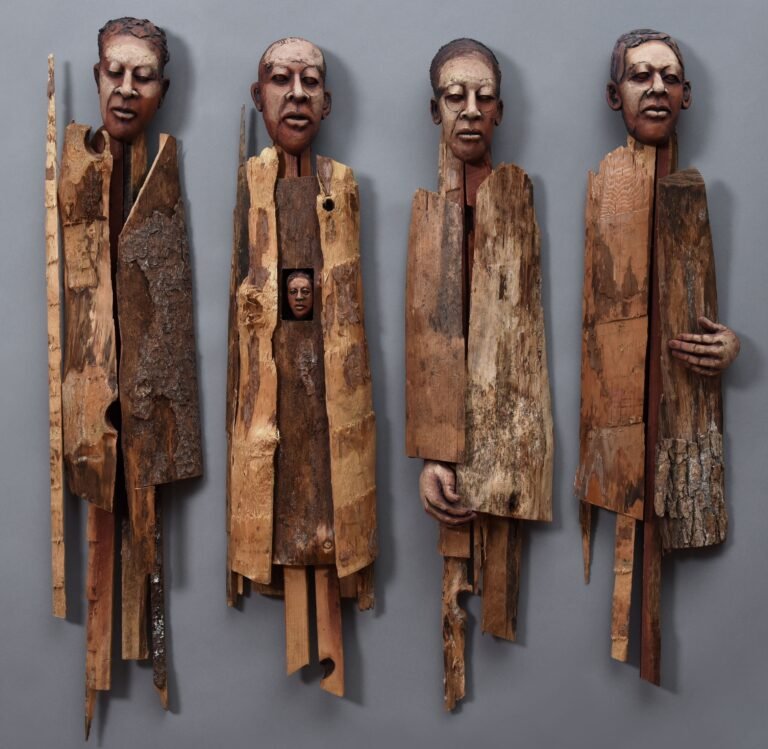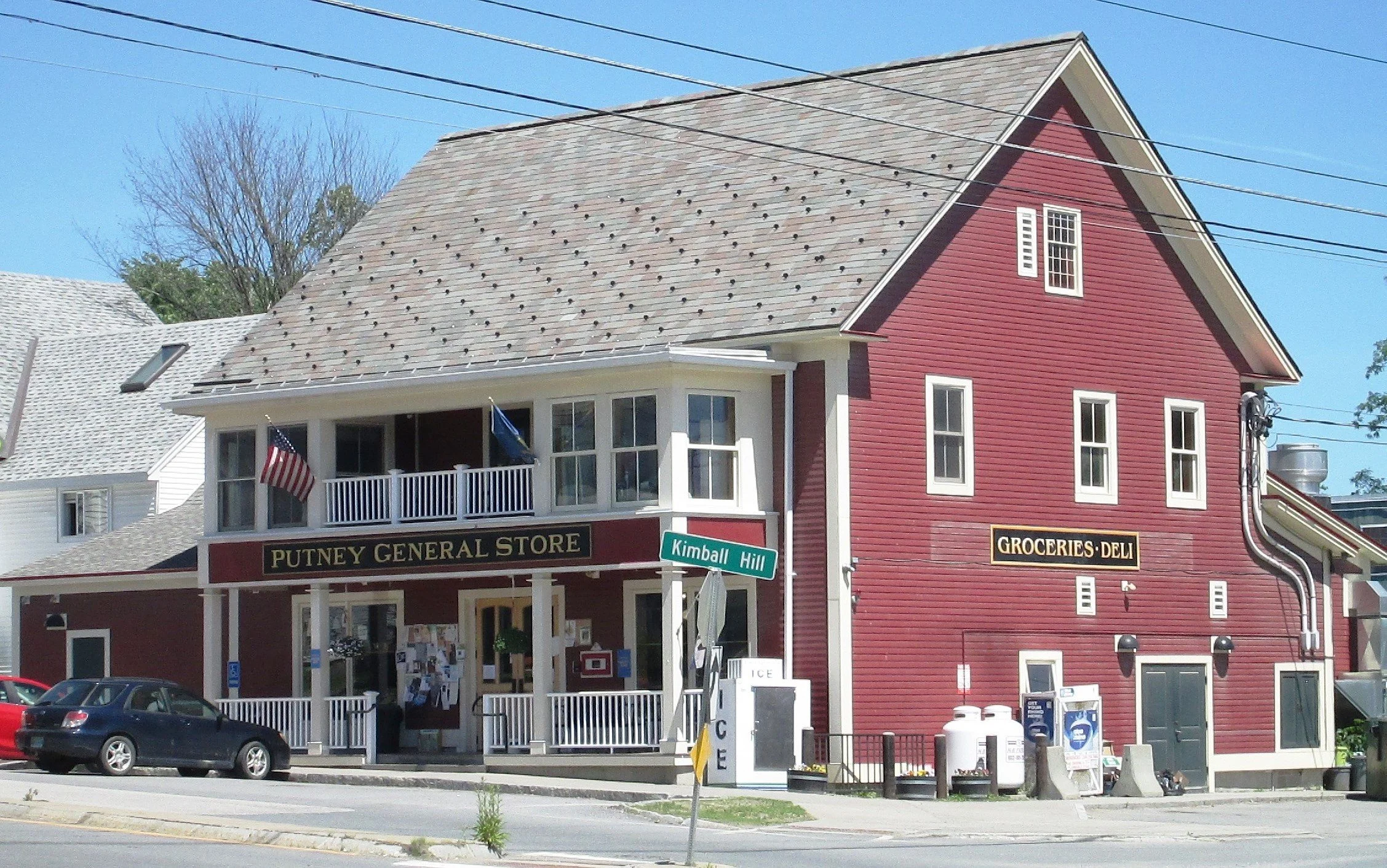'I explore my secrets'
“Yearnings (4 men),’’ by Putney, Vt.-based sculptor Susan Wilson, at the Southern Vermont Arts Center, in Manchester, through May 7
She says in her artist statement:
“My work in clay has always been about seeking to understand my place in the world. With clay I explore my secrets, dreams, fears, hopes, and my questions. Using animal and figural images, I tell stories about being together and alone, about yearning for both connection and solitude, about dreaming and waiting, and about hoping for community.
“The three-dimensionality of clay enables me to create real spaces within and outside of which I can tell these stories. These stories float between and around the figures, charging the spaces with energy and unresolved tension.
“My most recent figurative work emerges from my retirement and move to a small and vibrant town {Putney} in Vermont and to a state full of energized people working together to build caring communities. I continue the yearnings for human connections and for a vibrant community as an antidote for all the pain and alienation in the present world. My work continues to be about waiting, hoping, yearning to find that community. I am making archetypal figures with slabs of clay. I am making hollow forms that continue to imply tangible interior space where the mystery and unanswered questions reside. I am exploring polarities such as interior and exterior, solitude and community. I use juxtapositions of scale to enliven and energize my forms and to invite questions.’’
Putney General Store, built 1840–1900
— Photo by Beyond My Ken
Putney is on the west side of the Connecticut River, above the mouth of Sacketts Brook. A falls on the brook provided water power for small early mills, and it was there that the main village was formed in the late 18th Century. But because the town did not have abundant sources of water power, it was largely bypassed by the Industrial Revolution of the mid-19th Century, and remained largely rural. Putney has numerous buildings in the Federal and Greek Revival styles popular during its most significant period of growth, the late 18th to mid-19th Century.
The Theophilus Crawford House, built about 1808 and considered an important example of the Federal style.


